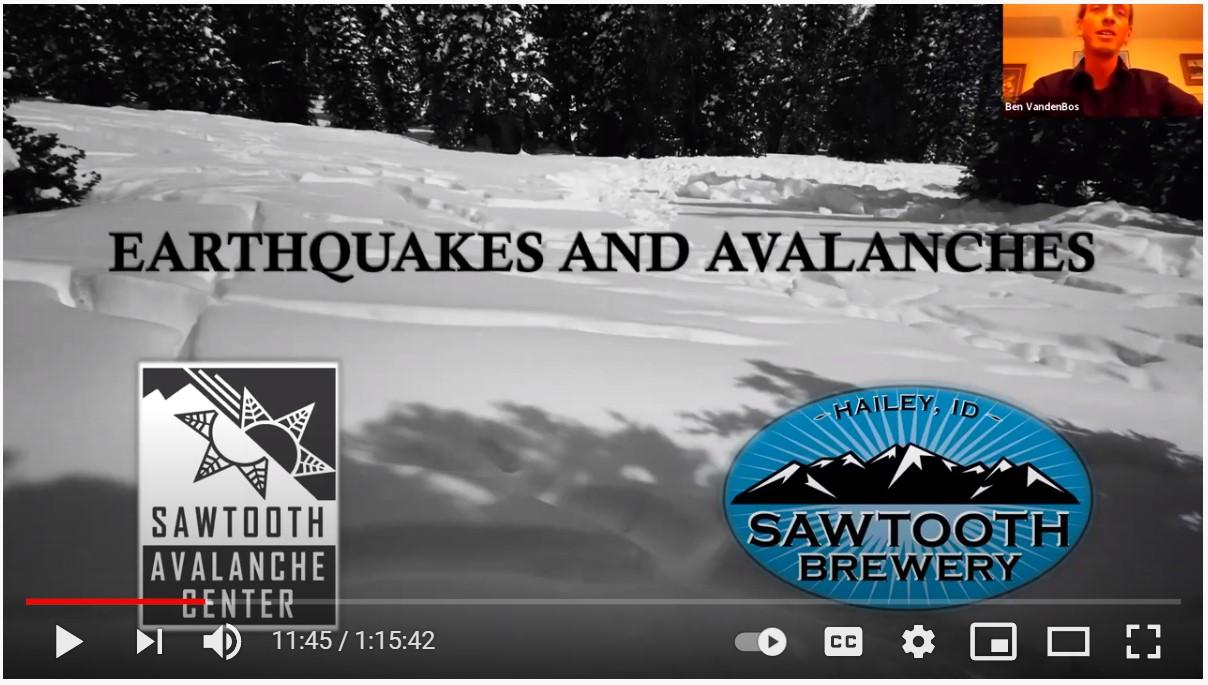
2 minute read
Education
Avalanche education is a vital component of the SAC’s mission to provide avalanche safety information for people recreating, working, or traveling in the Sawtooth National Forest and surrounding areas.
Stacey Ward, the Education Coordinator for the Friends of the SAC, orchestrated general Avalanche Awareness outreach for schools and recreational groups. SAC forecasters handled professional-level training, specialty talks such as the Digging Deeper series, and the Motorized Level 1 Course. During the 2020-2021 winter season, this two-pronged approach delivered 40 presentations to reach over 4,000 people (up from 3,200 people last year).
The SAC continued its emphasis on motorized user outreach and education by providing live and virtual avalanche education opportunities to motorized users throughout southern Idaho. SAC forecasters and Friends of the SAC instructors reached over 900 riders this season (up from 600 last season).
SAC forecasters presented for professional groups on 14 occasions. Ben presented his talk titled “Earthquakes and Avalanches” at the Northwest Snow and Avalanche Workshop (NSAW) as well as the Colorado Snow and Avalanche Workshop (CSAW). Ben and Chris provided avalanche education to USFS staff in Idaho City. Chris and Scott assisted as instructors for the Pro 2 Avalanche Course held near Galena Pass.

https://www.youtube.com/watch?v=Oflr_qRXLsc
Scott moderated presentations for CSAW and the American Avalanche Association (AAA). He also presented for the Sun Valley Ski Patrol on Baldy. Ethan gave a presentation to the Blaine County Local Emergency Planning Committee (LEPC) and provided training for Friends of the SAC instructors.
In its third season, the Digging Deeper discussion series returned to wide acclaim. The bi-weekly series featured 11 talks and reached over 600 people. Presentations were broadcast live via ZOOM and recordings are available on our YouTube Channel.
These talks targeted intermediate to advanced backcountry users looking to add some tricks and knowledge to their playbooks. We discussed a wide range of topics including spring skiing, weather phenomena, earthquake-induced avalanches, decision-making, avalanche rescue, persistent weak layers, and more. A virtual format enabled guest presentations on ‘Wet Snow Avalanches’ from the National Avalanche Center and ‘Group Management for Motorized Users’ from the Sierra Avalanche Center.
The pandemic forced us to restructure the format and delivery of our avalanche education. The shift away from classroom-based teaching proved to have valuable benefits as well as drawbacks. A virtual learning environment provides the opportunity to collaborate with speakers irrespective of location. It also broadens our viewership base and allows us to record our presentations. The shift to live online streaming of our education material was met with an enthusiastic start, but was followed by a steady decline in audience numbers throughout the season. “ZOOM fatigue” seemed to set in as a larger portion of our daily lives moved online. Moving forward, we’re excited to return to more engaging in-person presentations, but we’ll continue to record our talks for a remote audience.










